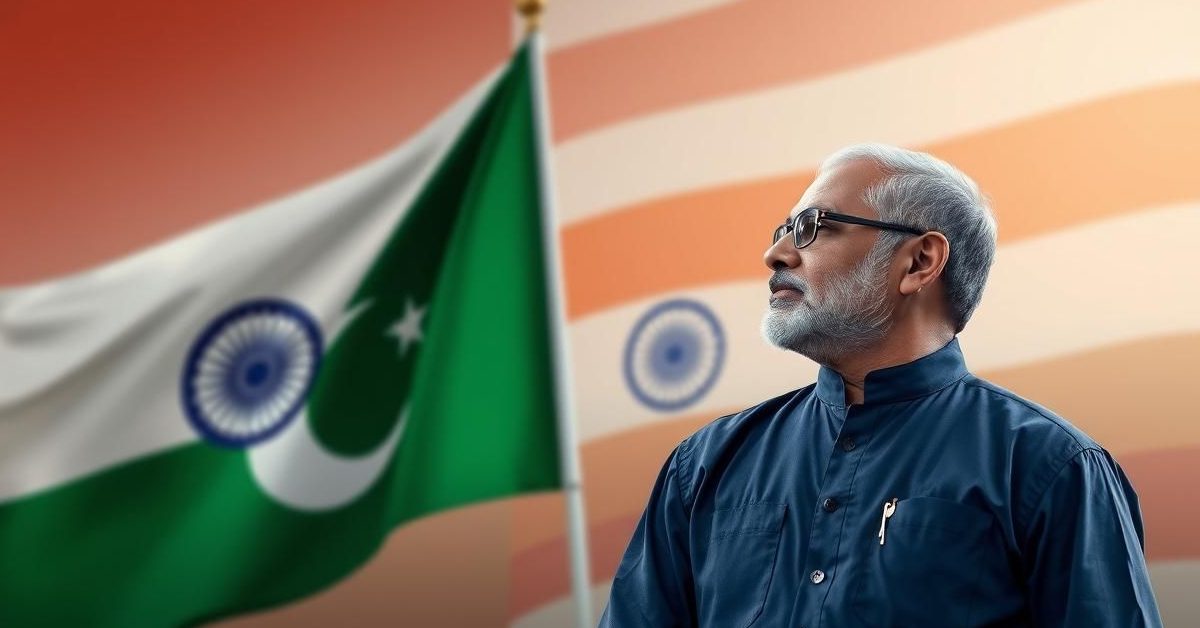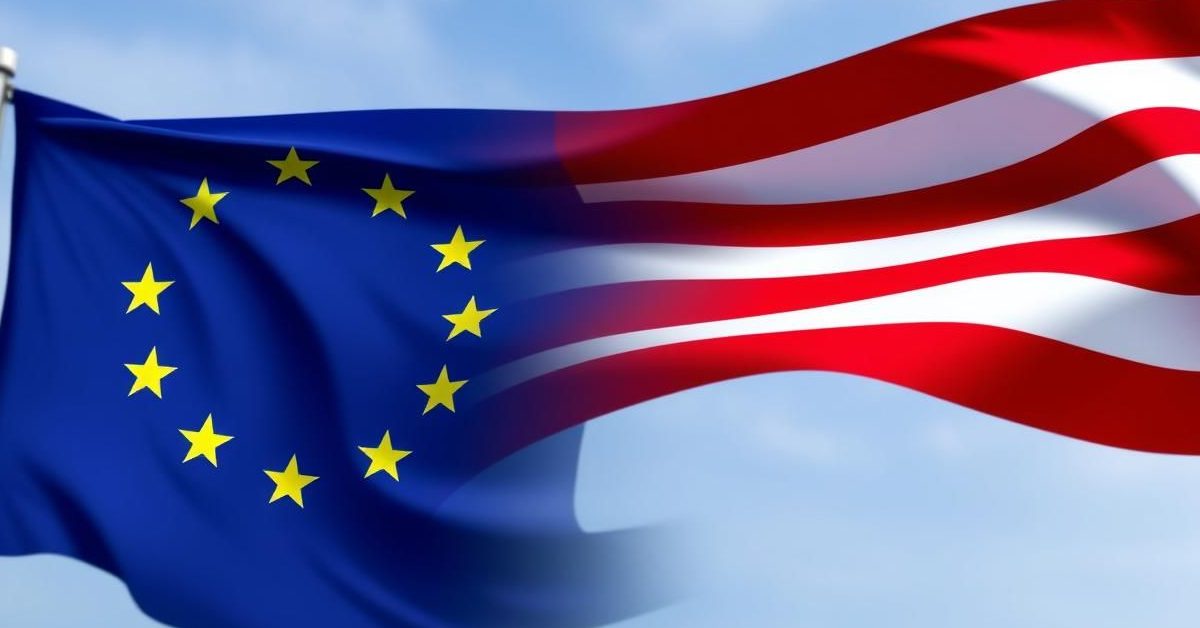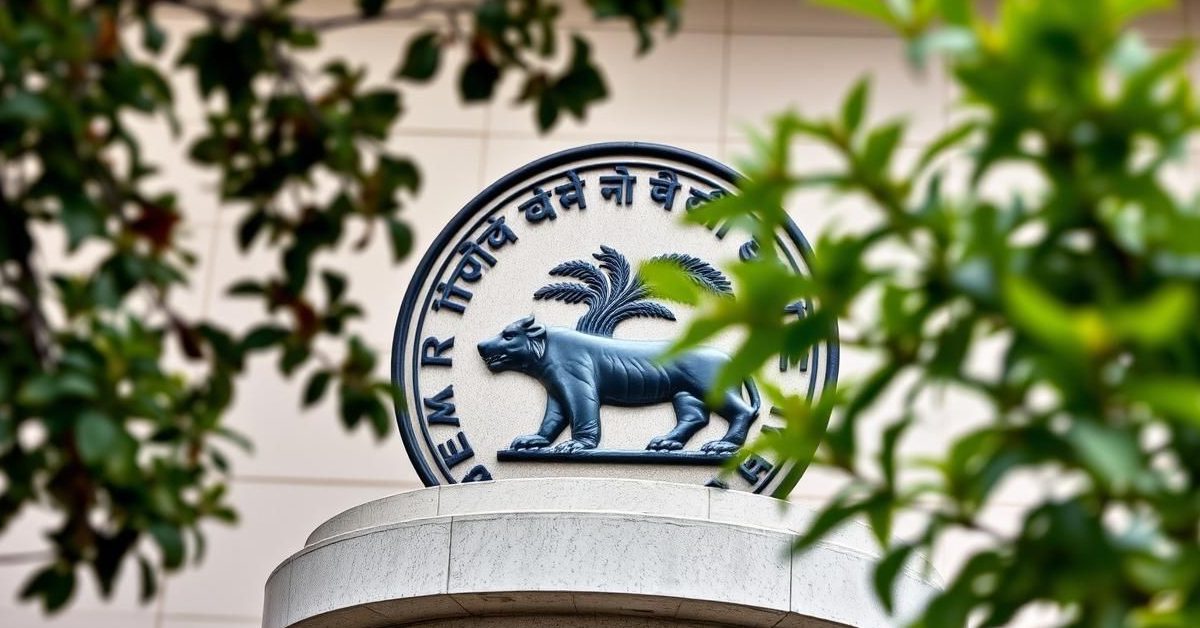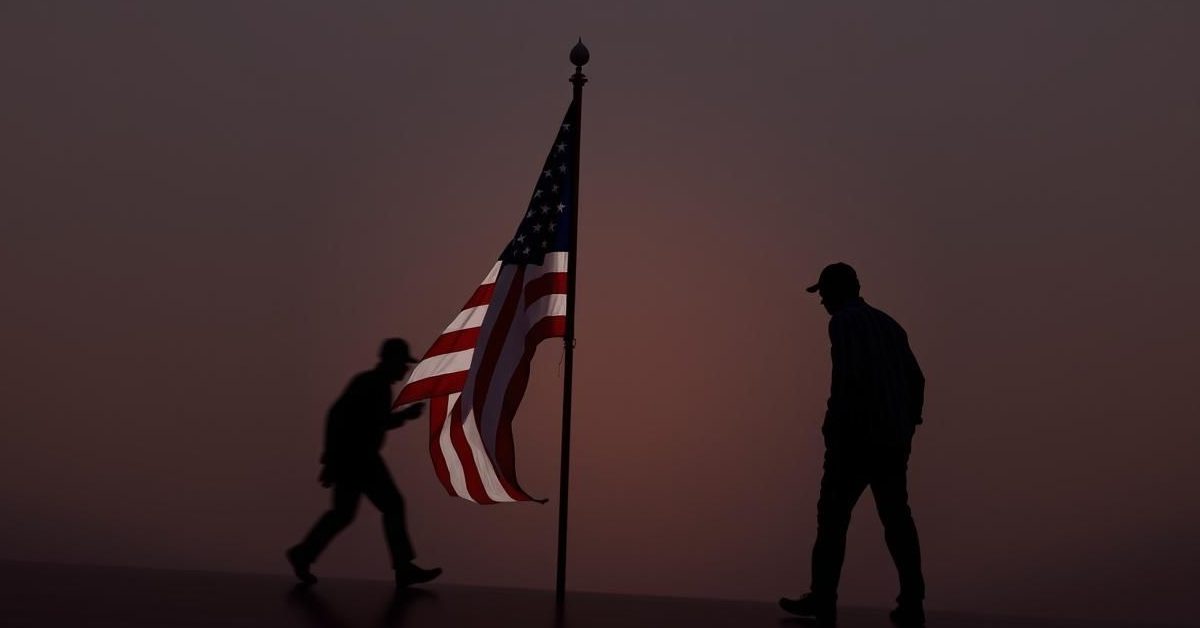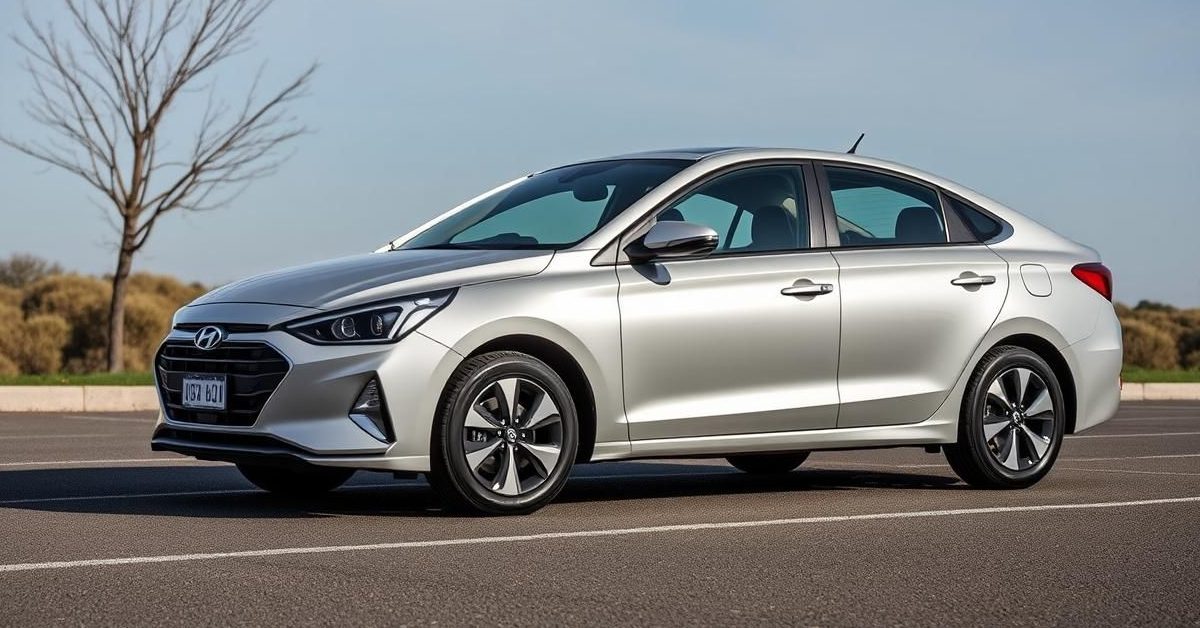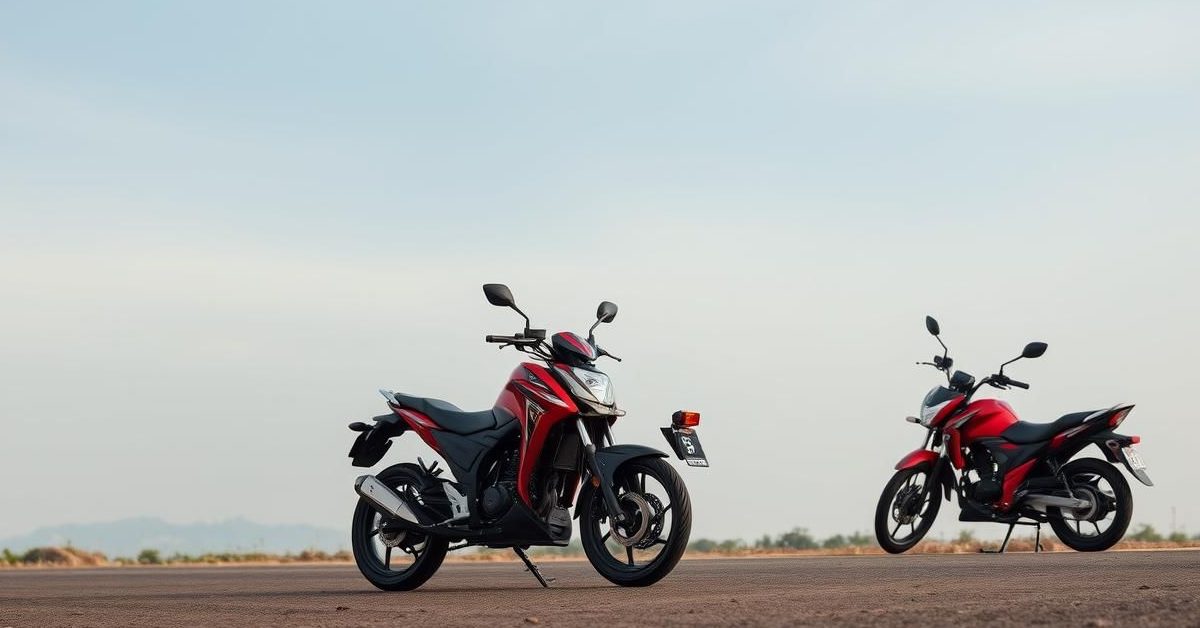The United States has imposed significantly lower tariffs on over 50 countries, including Pakistan and Bangladesh, putting increased pressure on India, which faces a higher 25% levy on its exports.
New Tariffs Spark Concern for India
The US government recently unveiled a new set of reciprocal tariffs, setting lower rates for more than 50 nations compared to the 25% applied to India. This move intensifies pressure on India to finalize trade deals on terms favorable to the US, similar to agreements already secured with the European Union, Japan, and South Korea.
These new tariffs are set to take effect on August 7. They are expected to specifically impact India’s labor-intensive and high-value electronics sectors, where lower tariffs for competitors could significantly hurt Indian exports.
Competitors Gain a Trade Advantage
Several of India’s key competitors in the American market are now benefiting from these lower tariff rates. Bangladesh, a major player in the readymade garments (RMG) category, will face a 20% tariff, giving it an edge not just in the US but also in other Western markets.
Even Pakistan, which has a declared trade deal with the US, will see tariffs set at a lower 19%. This comes amidst discussions of the US and Pakistan collaborating on developing Pakistan’s oil reserves, despite past unsuccessful exploration attempts.
Southeast Asian nations, members of ASEAN, are also set to gain. Vietnam faces a 20% tariff, while Malaysia, Indonesia, and the Philippines will each have 19% tariffs. This beneficial duty structure could give them better market access in the US for electrical and electronics sectors, potentially impacting India’s burgeoning electronics manufacturing and non-leather footwear industries.
Why the US is Applying Pressure
The tariff adjustments reflect growing frustration within the White House regarding the slow progress of trade talks with India. Kevin Hassett, a White House economic adviser, recently stated that President Trump believes the 25% tariff will “address and remedy the situation in a way that’s good for the American people.”
The US notification indicates that trading partners who are close to finalizing “meaningful trade and security agreements” will continue to be subject to these new duties until those agreements are formally concluded.
Sticking Points in US-India Trade Talks
The ongoing trade deal negotiations between India and the US have hit roadblocks over several sensitive sectors, particularly agriculture and automobiles. A major point of contention is India’s reluctance to accept genetically modified (GM) agricultural products, such as corn and soya, a key demand from the US.
The United States Trade Representative (USTR) has previously criticized India’s biotechnology approval processes, labeling them as slow, opaque, and influenced by political factors rather than science-based assessments. This issue remains a significant hurdle, as Indian farmers often operate on small land parcels with limited technological support, making GM products a sensitive topic.
While India is seeking greater market access for its textiles, leather, and footwear, the US continues to push for access to India’s agricultural and dairy markets, including the demand for India to relax its GM regulations.
- The US has imposed higher tariffs (25%) on India compared to over 50 other countries, including key competitors like Bangladesh and Pakistan.
- This move aims to pressure India to finalize a trade deal with the US.
- Major disagreements in trade talks revolve around market access for agriculture (especially genetically modified products) and automobiles.
The current tariff disparity highlights the complexities in global trade relations and the persistent challenges facing India’s export economy amidst evolving international trade policies.

